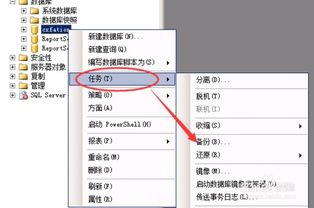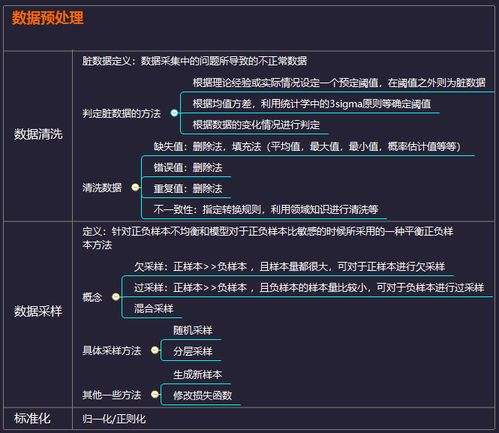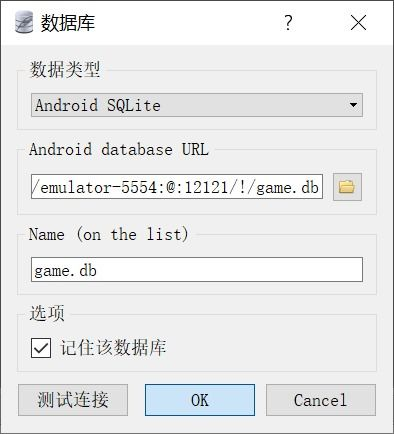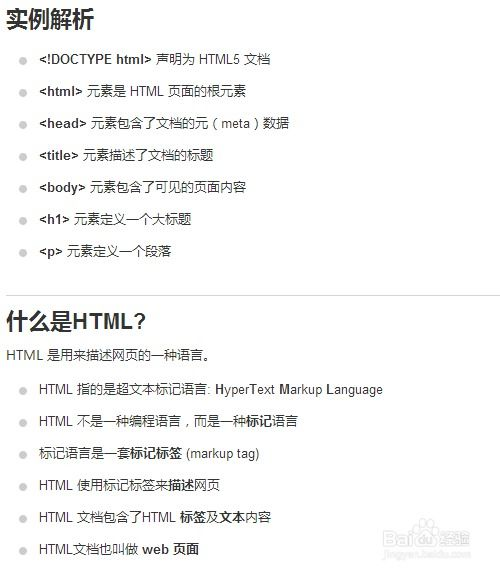ASP.NET MVC Database Multi-Condition Querying Techniques, Tips, and Strategies
Understanding the Basics of Multi-Condition Queries
Multi-condition queries allow developers to filter database records based on several criteria simultaneously. This becomes especially useful when the user needs to search for specific information that meets various constraints. In ASP.NET MVC, we traditionally utilize Entity Framework or LINQ to perform such queries efficiently. The basic structure involves combining multiple conditions using logical operators like AND, OR, etc.
For instance, if we want to query a database for users based on their age and membership status, we can structure the LINQ query as follows:
```csharp
var users = context.Users
.Where(u => u.Age > 18 && u.IsActive)
.ToList();
```
This example showcases a straightforward approach but can expand significantly with many parameters, leading to complex queries. We will dive deeper into practical implementations in the next sections.
Building Dynamic Queries with LINQ
Creating dynamic queries based on user input can significantly enhance the flexibility of your application. Using LINQ in combination with conditional checks allows us to append conditions only when necessary. Here’s how you can achieve that:
```csharp
var query = context.Users.AsQueryable();
if (!string.IsNullOrEmpty(searchName))
{
query = query.Where(u => u.Name.Contains(searchName));
}
if (age.HasValue)
{
query = query.Where(u => u.Age == age.Value);
}
var users = query.ToList();
```
In this segment, we're starting with a basic query that evolves based on user input. This approach not just simplifies the coding process but also improves performance by avoiding unnecessary conditions more efficiently. Furthermore, you may implement filtering based on dropdowns and search boxes on the user interface.
Implementing Search Filtering in ASP.NET MVC Views
Integrating multi-condition search functionality into your ASP.NET MVC views requires a structured approach. Utilize forms to gather user input, and then pass this data back to your controller. Here's an example:
```html
@using (Html.BeginForm("Search", "Users", FormMethod.Get))
{
}
```
When the form is submitted, the controller will utilize the input values to construct the dynamic query as demonstrated above. The views can then render the resulting users list accordingly. This seamless integration ensures that users can actively filter the displayed data based on their specific requirements.
In summary, mastering multi-condition querying in ASP.NET MVC is crucial for developing responsive and user-centric applications. By utilizing LINQ effectively, implementing dynamic query building, and ensuring smooth integration within your views, you will enhance your application's functionality. The techniques covered in this article can serve as a fundamental part of your MVC toolkit.





